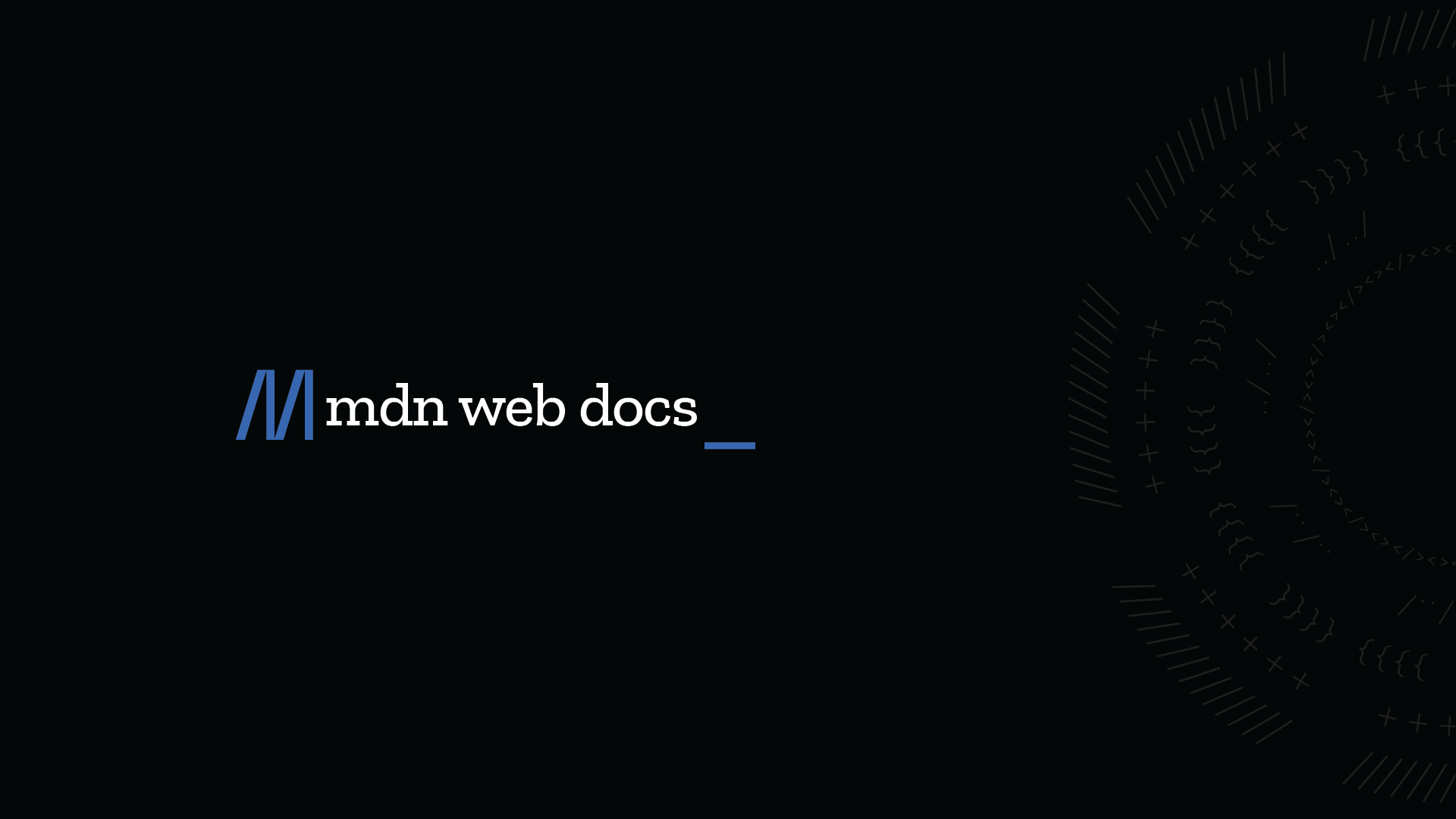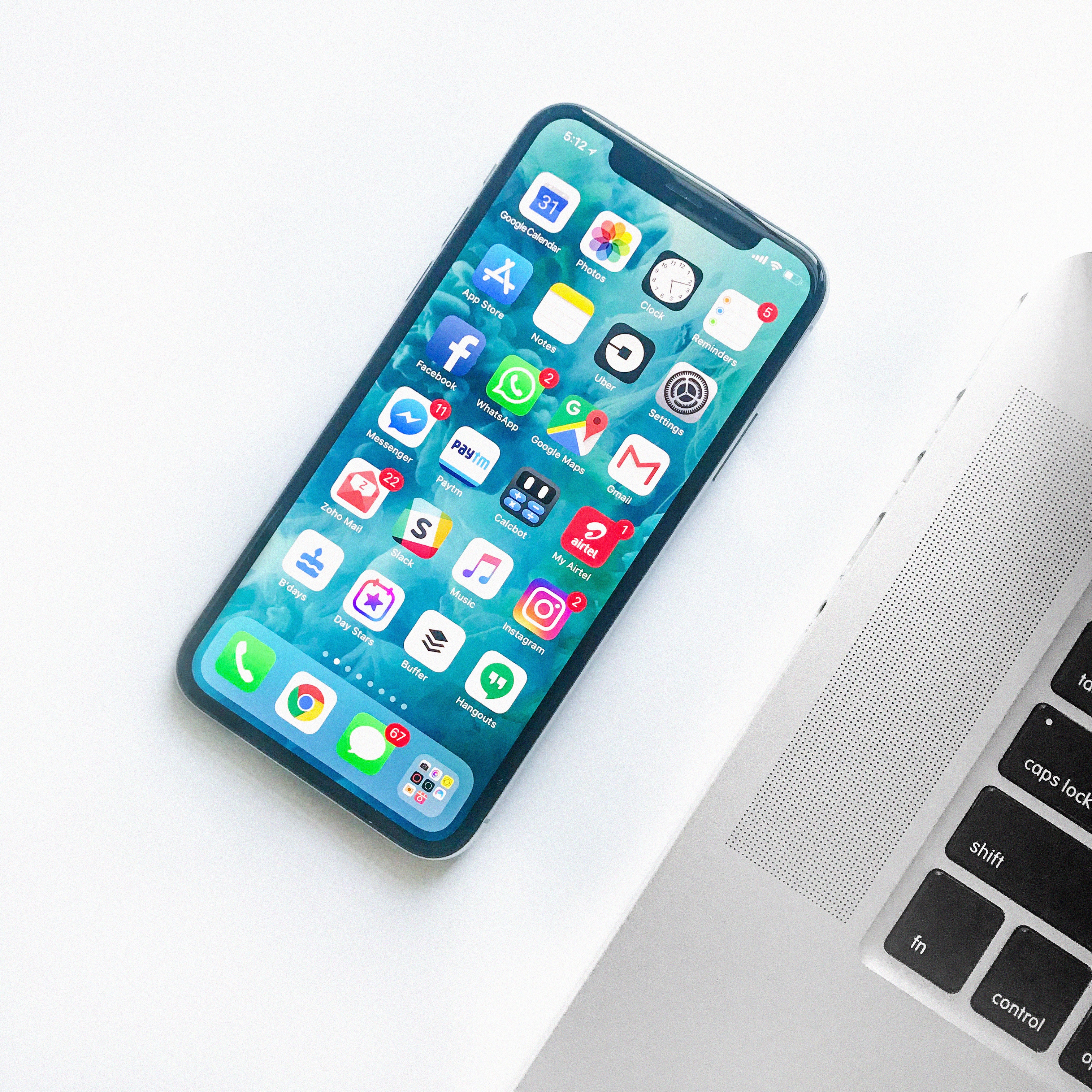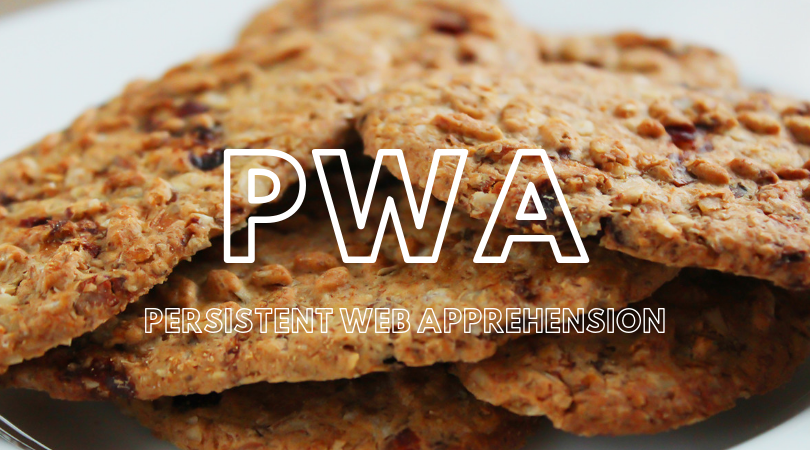digitalpoint
Well-known member
Instead of
_pwa=1, have it be _pwa={some sort of token unique to the user that can log them in automagically} (if it's a logged in user) and then use that token.
Upvote
7




